Want a garden that practically grows itself? Self-seeding wildflowers are nature’s answer to low-maintenance beauty. These blooms drop seeds at the end of their season, spreading naturally and reappearing year after year with minimal intervention. Not only do they reduce the need for planting, but they also support pollinators, improve soil health, and give your space a wild, untamed charm. Here are 10 stunning self-seeding wildflowers that bring color, fragrance, and resilience to your garden—no green thumb required.
1. California Poppy (Eschscholzia californica)
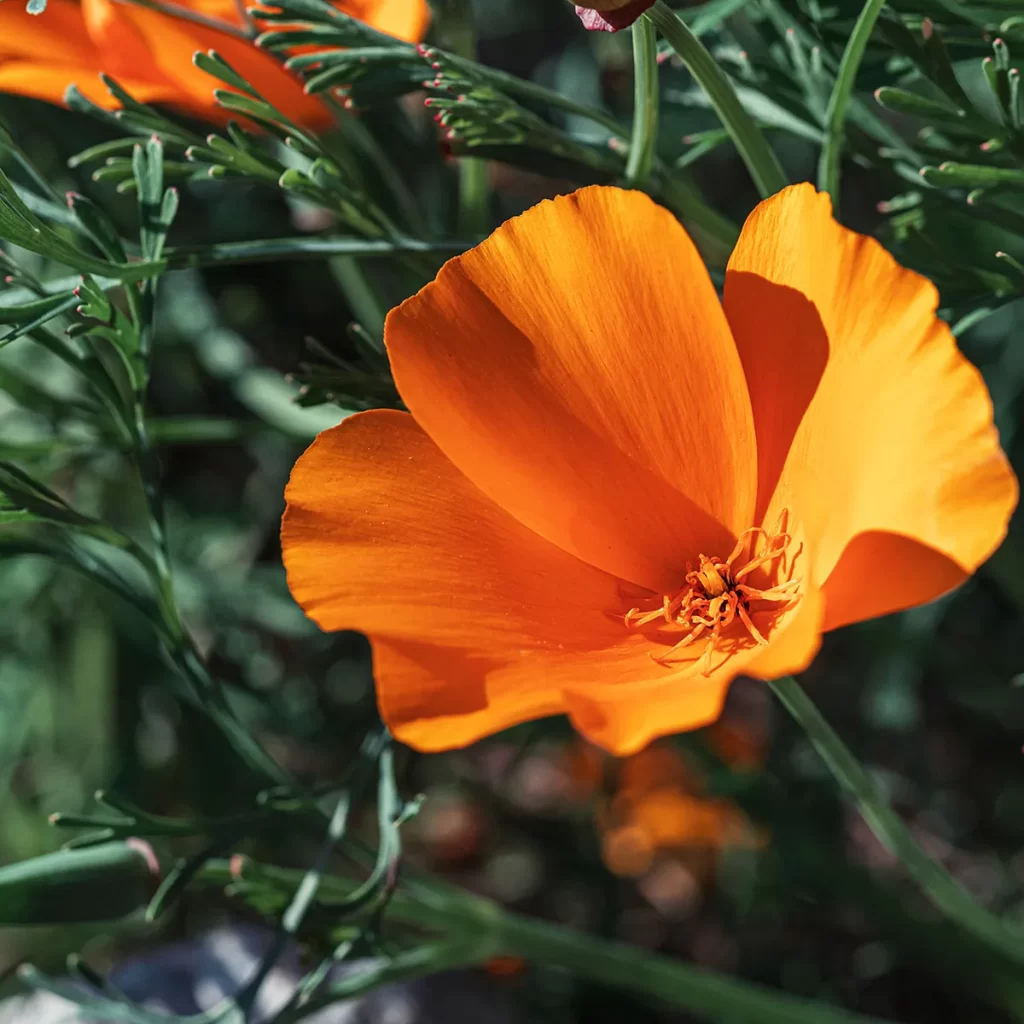
The California poppy is a vibrant, sun-loving wildflower with silky, cup-shaped blooms in brilliant shades of orange, yellow, and red. Native to the western United States, this drought-tolerant beauty thrives in poor soils and full sun. It self-seeds prolifically, often popping up in new spots each season. California poppies close at night or during cloudy weather, adding a touch of whimsy. With minimal care, they can create large swaths of color, especially in meadow-style or gravel gardens.
2. Bachelor’s Button (Centaurea cyanus)
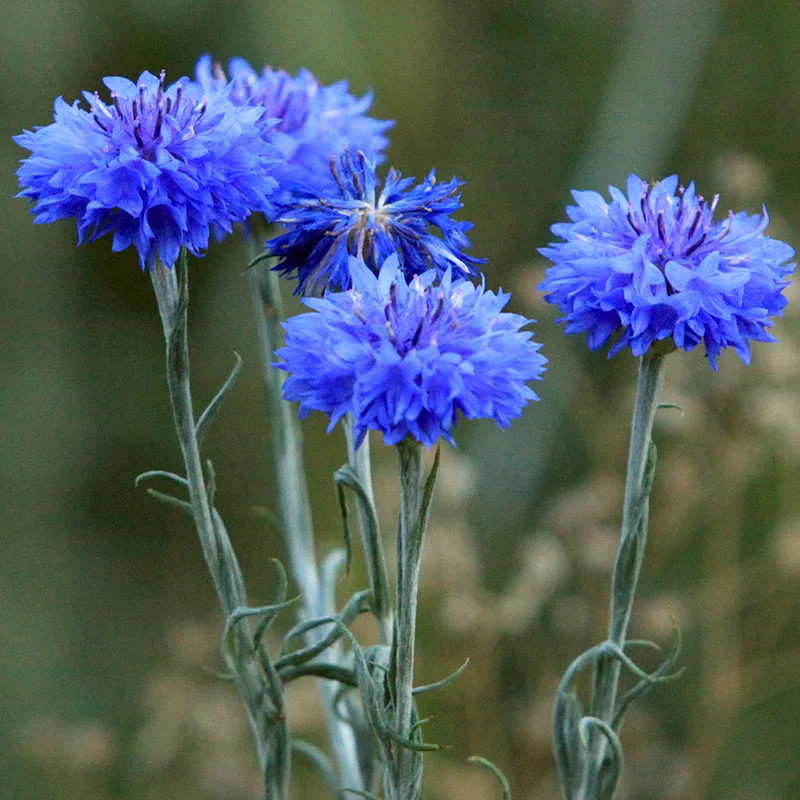
Also known as cornflower, Bachelor’s Button is a charming annual wildflower with fringed blooms in shades of blue, pink, white, and purple. It grows easily from seed, thrives in full sun, and reseeds generously each season. These flowers are excellent for cutting and also attract bees and butterflies. Their airy form and cool tones blend beautifully into cottage gardens, borders, and wildflower meadows. Once established, they’ll return each year with little to no effort.
3. Black-Eyed Susan (Rudbeckia hirta)

Black-Eyed Susans are iconic American wildflowers with golden-yellow petals and dark brown centers. These hardy plants bloom from summer into fall and tolerate heat, drought, and a range of soil types. While technically a short-lived perennial, they readily self-seed, ensuring ongoing displays year after year. They’re magnets for pollinators and great for naturalistic or prairie-style gardens. With their bold color and upright habit, Black-Eyed Susans add a cheerful, reliable presence to any garden.
4. Larkspur (Delphinium consolida)
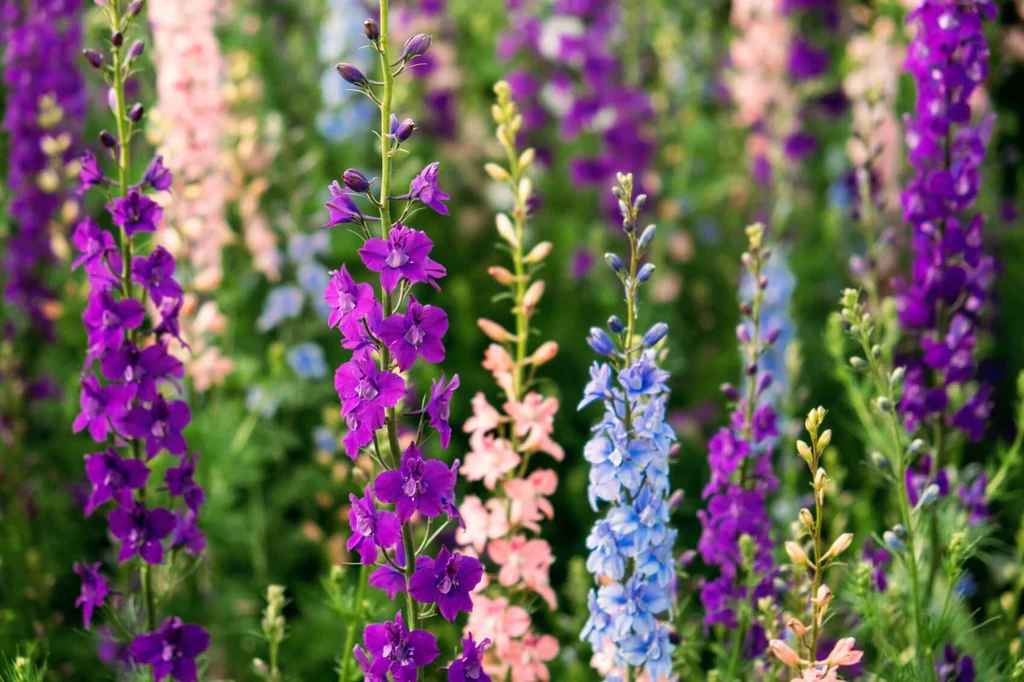
Annual larkspur offers tall spikes of densely packed flowers in shades of blue, purple, pink, and white. It prefers cooler temperatures and well-drained soil but readily self-seeds once established. Larkspur’s towering form adds vertical drama to garden beds, and its soft, feathery foliage complements a wide range of plants. It’s best sown in fall or early spring and will naturalize easily if left to go to seed. These elegant wildflowers also make excellent cut flowers.
5. Love-in-a-Mist (Nigella damascena)
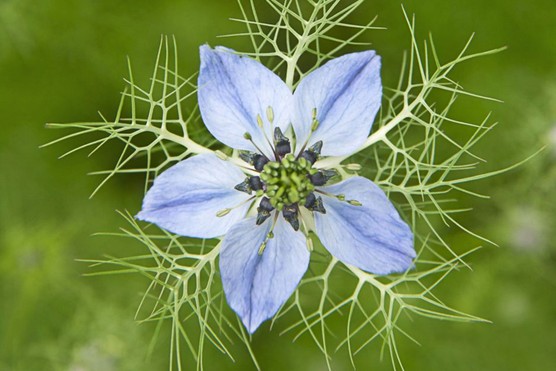
With its intricate blooms and fern-like foliage, Love-in-a-Mist is as whimsical as its name suggests. This annual flower blooms in blue, white, pink, and purple and is followed by decorative seed pods that add fall and winter interest. Native to southern Europe, it thrives in sunny spots with well-drained soil and self-sows reliably, spreading gently throughout beds and borders. It’s also deer-resistant and pollinator-friendly, making it a low-effort, high-reward addition to your garden.
6. Blanket Flower (Gaillardia pulchella)
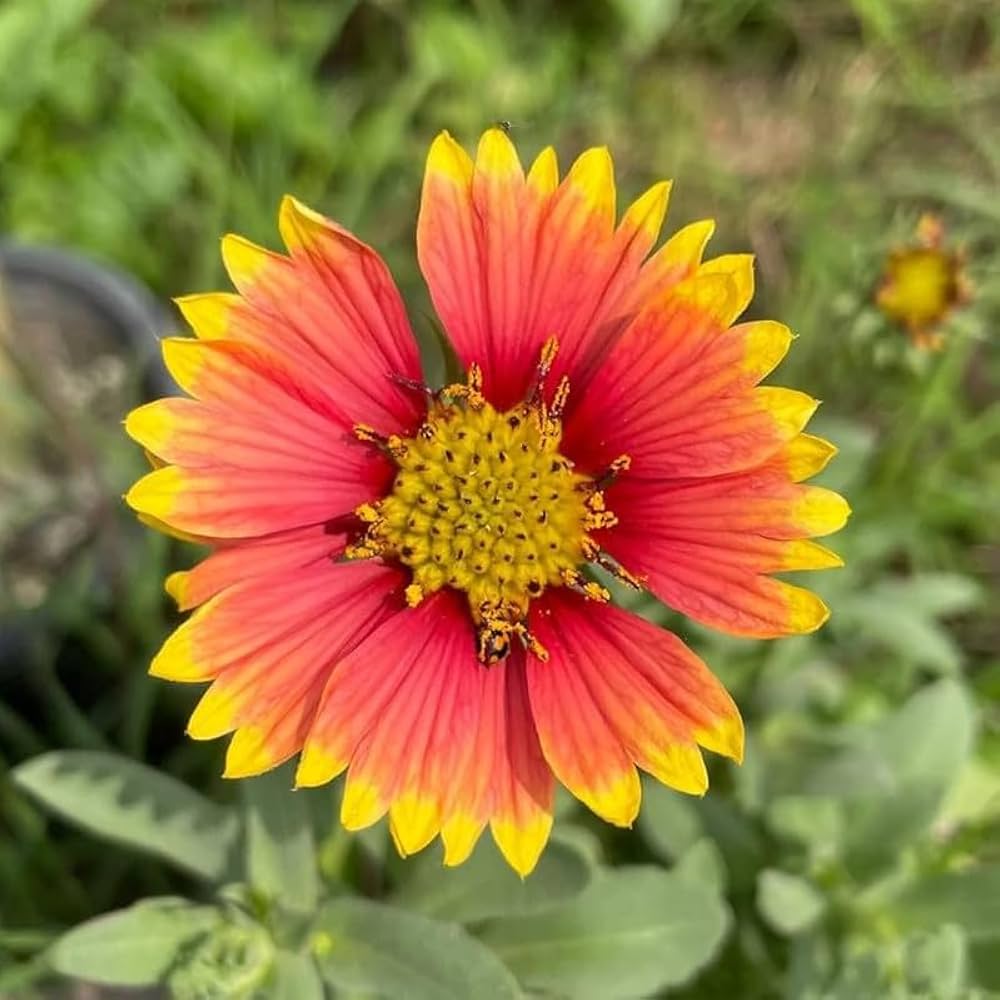
Blanket flower is a tough, heat-loving perennial often grown as an annual in cooler climates. Its daisy-like blooms featuring red, orange, and yellow hues bloom for months and attract bees, butterflies, and birds. Though short-lived, it self-seeds generously, creating colorful colonies that return without fuss. Blanket flower thrives in poor soil and hot, dry conditions, making it ideal for xeriscaping or sunny wildflower patches. Its long-lasting blooms and tolerance to neglect make it a carefree garden favorite.
7. Cosmos (Cosmos bipinnatus)
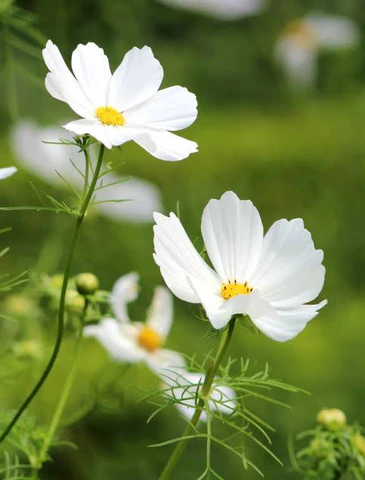
Cosmos are airy, daisy-like flowers that bloom profusely in shades of pink, white, and crimson. With delicate, feathery foliage and a long bloom time, they bring lightness and movement to the garden. These annuals are easy to grow from seed and self-seed readily in sunny spots. Ideal for borders, cutting gardens, or informal meadows, cosmos require little more than sunshine and occasional watering. Deadheading prolongs blooming, but letting some go to seed ensures a return show next year.
8. Queen Anne’s Lace (Daucus carota)
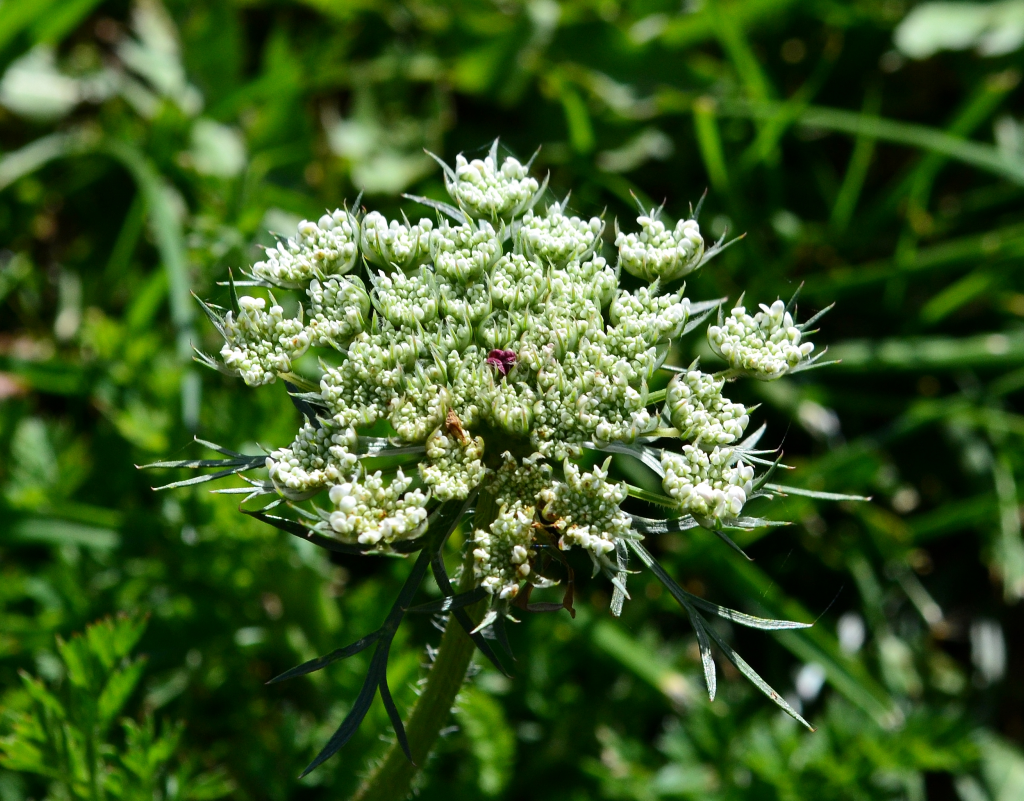
This elegant wildflower, also known as wild carrot, produces umbrella-shaped clusters of tiny white blooms that resemble lace. Thriving in dry, sunny conditions, Queen Anne’s Lace self-seeds freely and naturalizes easily in meadows and borders. Its tall, lacy stems add vertical interest and pair beautifully with bold or solid-color flowers. While some gardeners see it as weedy, it’s prized in wild gardens for its vintage charm, drought tolerance, and usefulness as a cut flower filler.
9. Columbine (Aquilegia canadensis)
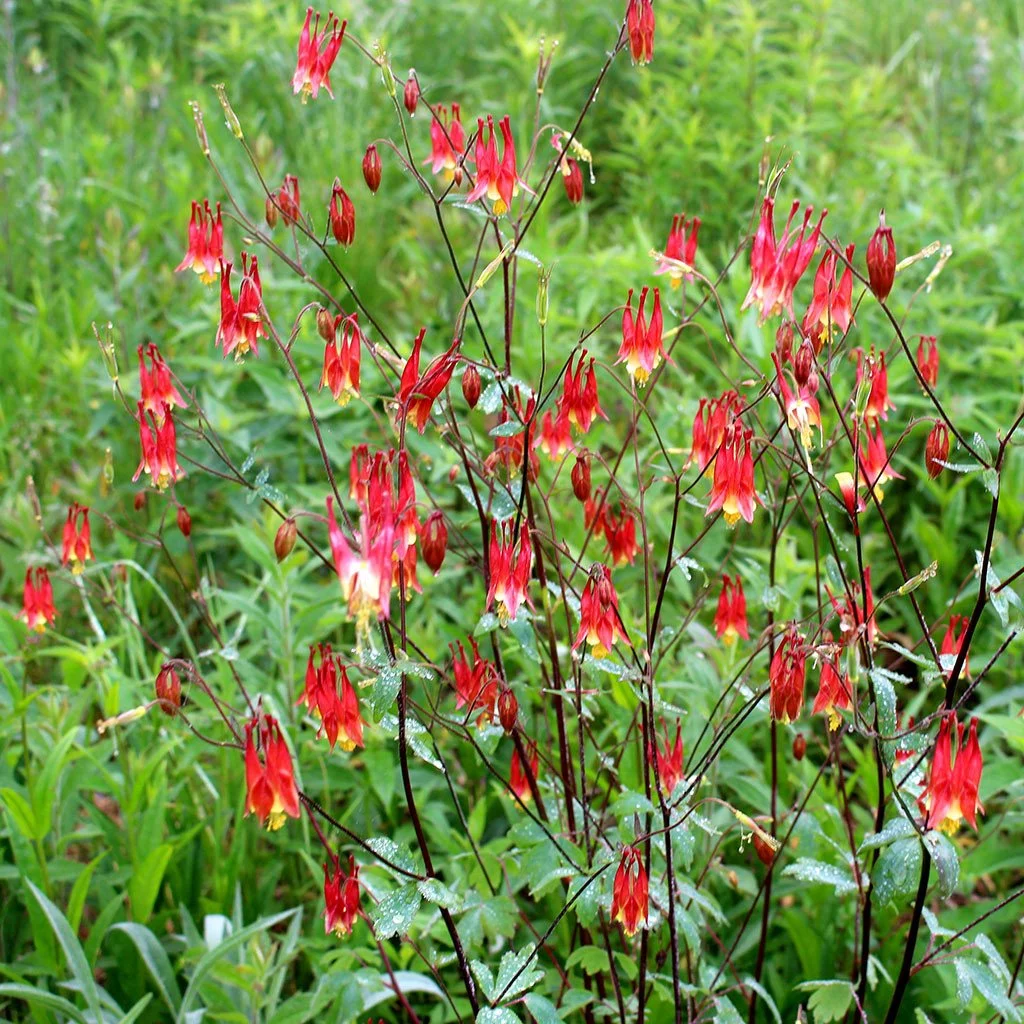
Native columbine is a spring-blooming perennial with delicate, nodding flowers that come in red, yellow, blue, or purple. Its unique spurred blossoms attract hummingbirds and pollinators, while its ferny foliage looks lovely even after flowering. Columbine thrives in part shade to full sun and moist, well-drained soil. It readily self-seeds and spreads gently over time without becoming invasive. Perfect for woodland gardens or shaded borders, columbine offers early-season color and effortless elegance.
10. Evening Primrose (Oenothera biennis)
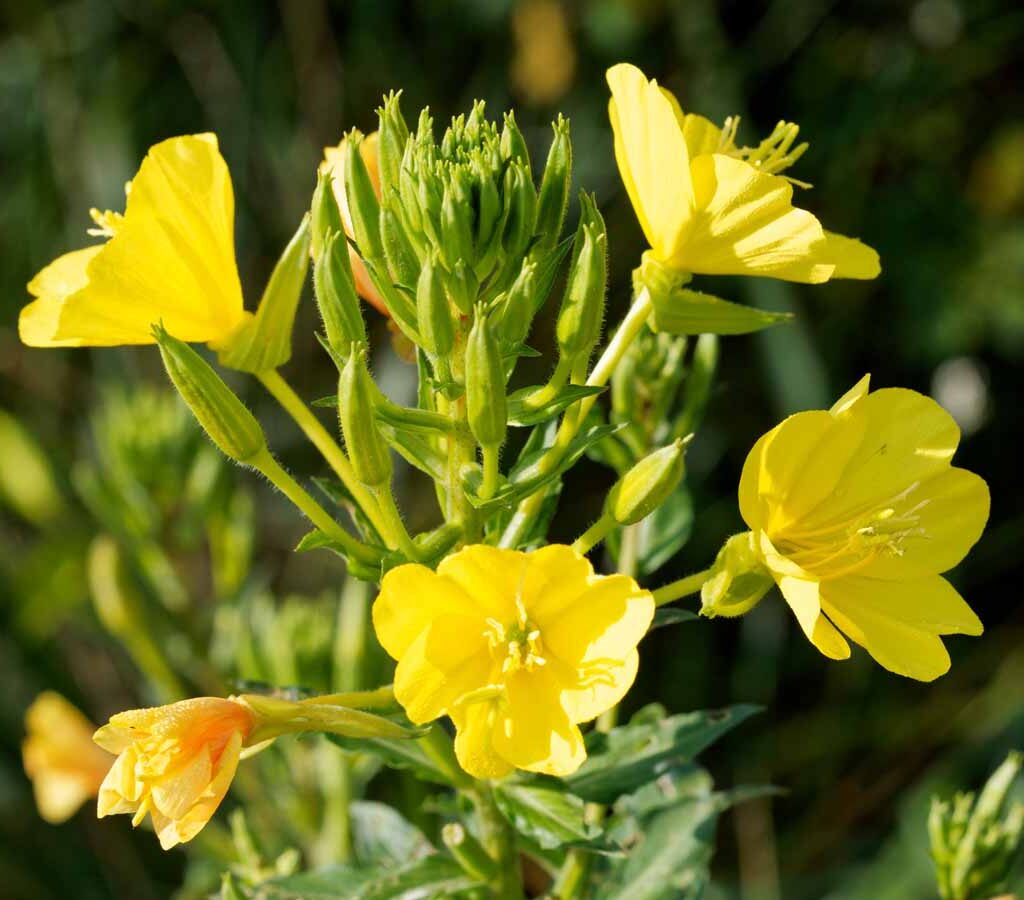
Evening primrose lights up the garden with lemon-yellow flowers that open at dusk and attract nighttime pollinators like moths. This biennial wildflower is highly adaptable and thrives in sunny, dry spots with poor soil. It’s a prolific self-seeder, ensuring future blooms even as individual plants complete their life cycle. Evening primrose adds a soft, romantic feel to cottage gardens or naturalized areas and offers medicinal value as well. Let it reseed and it will reward you with glowing beauty year after year.

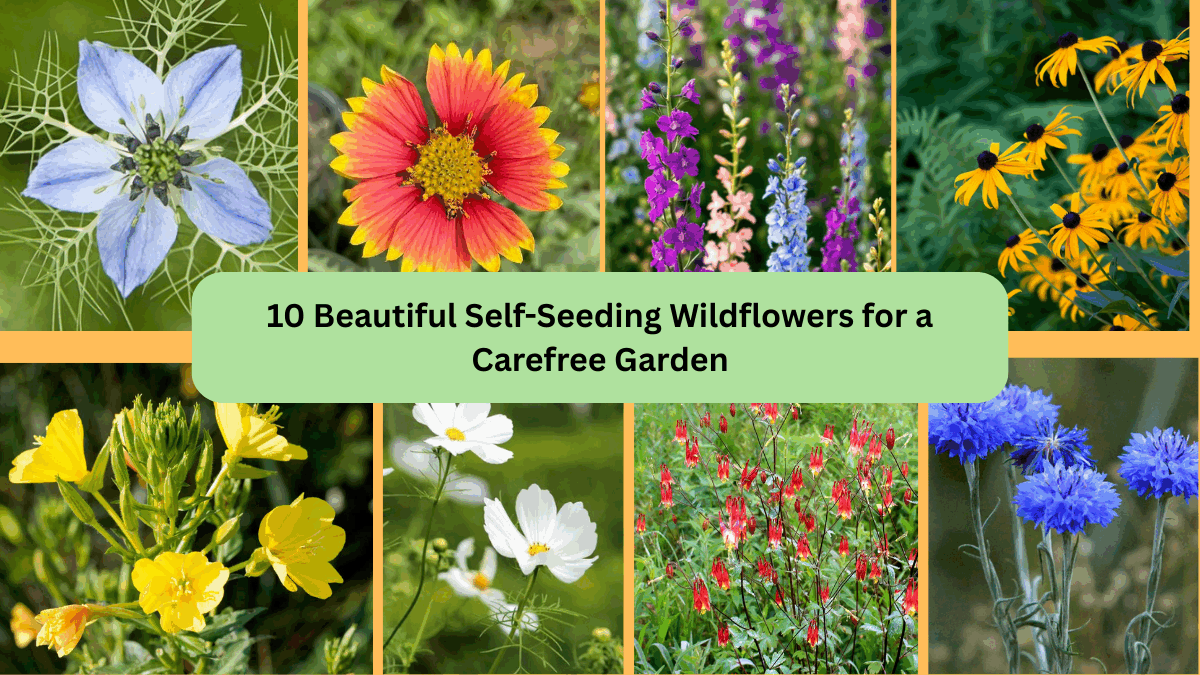
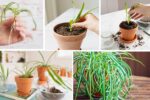


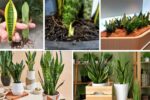
Leave A Comment